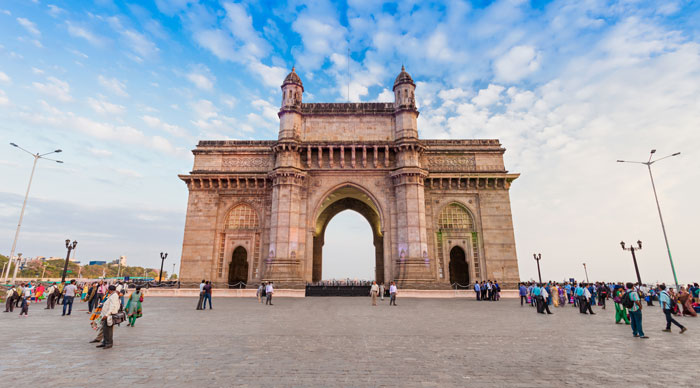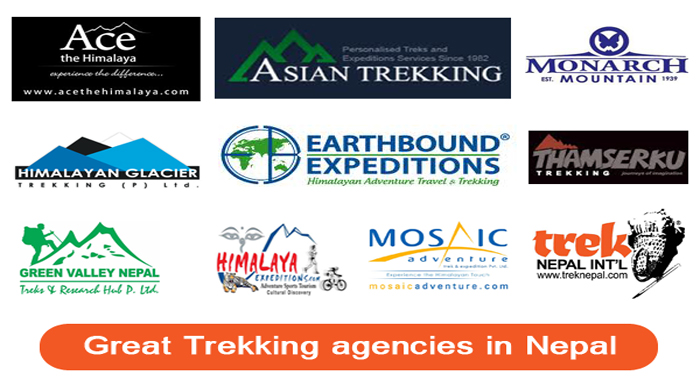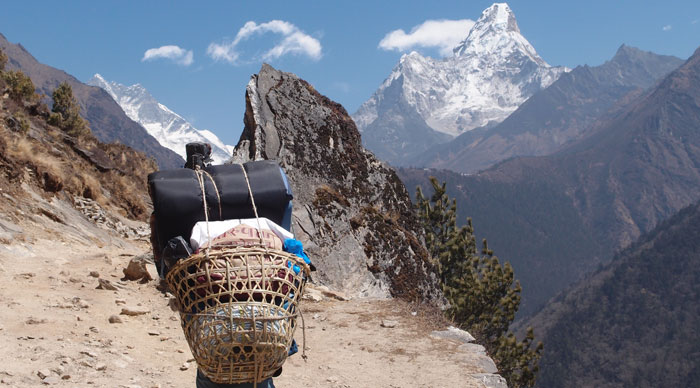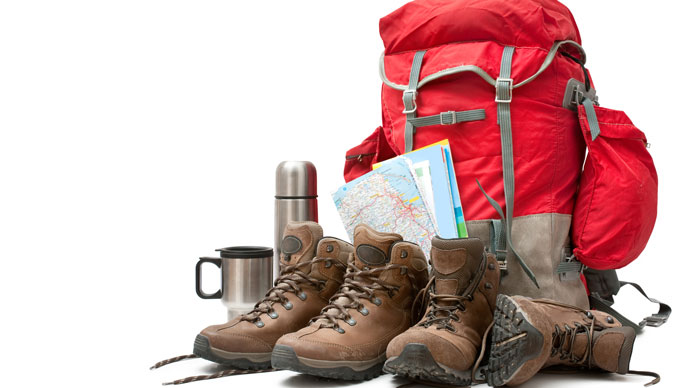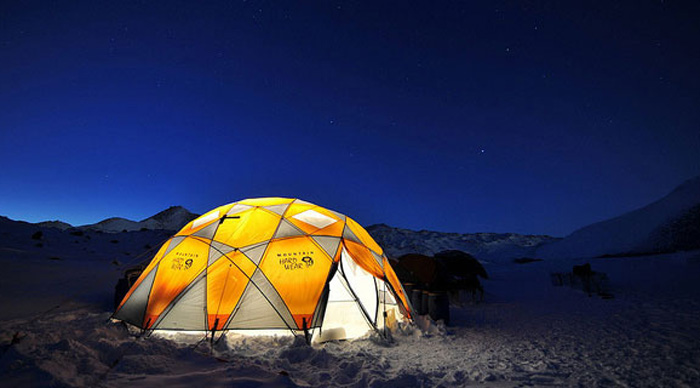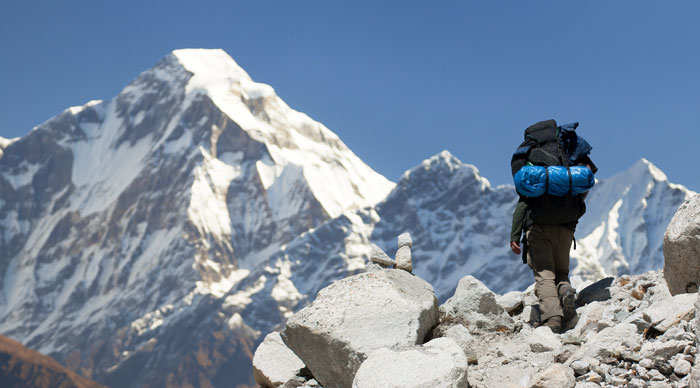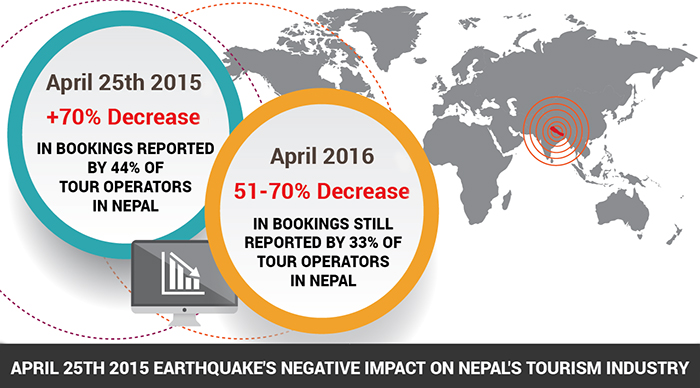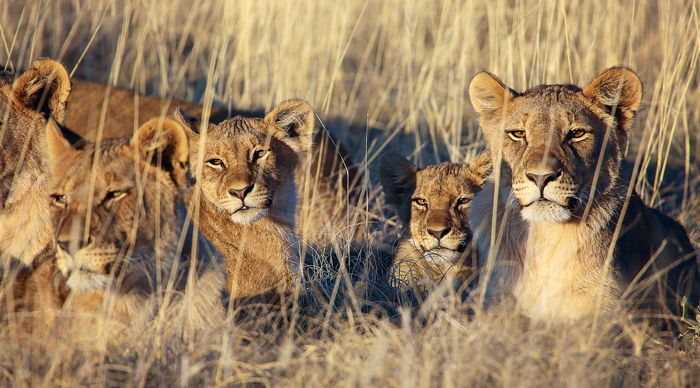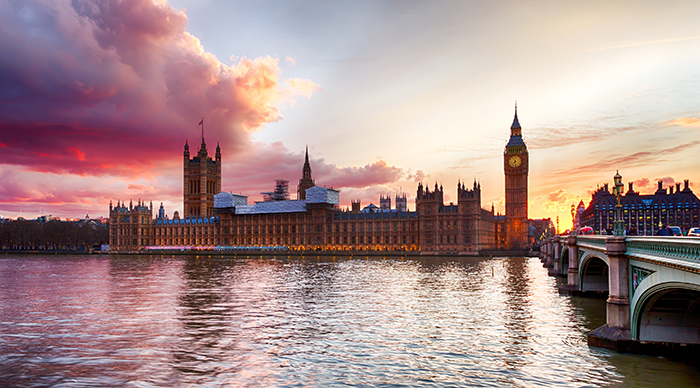Tourism in India has been expanding rapidly, and the favorable exchange rate makes it even more attractive. Beyond the cost, what truly makes India exceptional is its combination of awe-inspiring, thought-provoking, thrilling, surprising, emotional, and stunningly beautiful sights.
All posts by Bookmundi
Walking for hours under the intense heat of the sun, drenched in sweat, and being disconnected from the internet for extended periods may not seem like ideal conditions—but it’s not necessarily a negative experience. Just ask anyone who’s had the privilege of exploring the jungles of Africa, and they’ll tell you why they’d happily do it all over again.
When tourists visit Nepal for trekking, one of the most common questions they ask is: which trekking agency, or which agencies, are the best in Nepal? To assist you in making this decision, we’ll share some helpful insights on what to look for and offer a few recommendations.
To fully enjoy your trek in Nepal, having the right gear is essential. The “right” equipment will depend on factors such as the type of trek (teahouse or camping), the time of year, weather conditions, and the highest altitude you’ll reach.
Continue reading What trekking equipment is needed when trekking in Nepal
Trekking in Nepal is a truly rewarding and unforgettable experience. While trekking itself isn’t inherently dangerous, it’s important to prioritize safety at all times. All trekking agencies at BookMundi will hold a pre-trek meeting, during which safety will be addressed, among other topics. Nevertheless, we strongly recommend that you prepare thoroughly by reviewing the health and safety guidelines below, as they could prove useful during your trek.
Planning a trek in Nepal and unsure whether to buy your gear in Nepal or at home? Here’s our two cents on the best place to shop for your equipment.
Continue reading Where to Buy Trekking Equipment – Nepal or at Home?
The Great Himalaya Trail is a strong contender for the title of the world’s best trekking route, being both the longest and highest trail of its kind. Stretching across several hundred kilometers of stunning Himalayan landscape, it spans the entire length of Nepal.
The trail takes you through some of the most breathtaking sections of the Himalayas, passing beneath towering peaks. The nature and culture encountered along the trek are extraordinary, and the remote villages you pass through, along with their resilient inhabitants, provide a powerful reminder of human endurance.
Copenhagen, Denmark – A survey conducted by Bookmundi.com, involving over 80 of Nepal’s largest tour operators, revealed that most operators are still facing a 31-70% decline in bookings nearly a year after the earthquake on April 25, 2015.
Continue reading Nepal’s Tourism Industry is still Struggling after the April 25th 2015 Earthquake
Africa stands out in many ways—its geography, landscapes, people, cultures, and traditions all make it a unique continent. However, what truly sets Africa apart from any other region is its incredible wildlife. The continent is home to a vast number of animals and birds, all living freely in their natural habitats—places they’ve inhabited for hundreds of thousands of years. This wild, untouched landscape, coupled with the incredible diversity of flora and fauna, makes Africa a paradise for nature lovers.
Africa is home to many unique plants and animals that cannot be found anywhere else, such as giraffes, two-horned rhinos, African elephants, wildebeests, and countless others. Yet, none evoke the essence of Africa quite like the lions.
Facts about African lions:

- African lions live, hunt, and breed in prides, unlike most big cats that are solitary hunters.
- Lions are highly efficient nocturnal hunters. Typically, they hunt in groups at night, using the cover of darkness for stealth and teamwork to get close to their prey, giving them a significant advantage over daytime hunting.
- During the day, lions rest in the shade on grassy plains, often digesting their previous night’s kill.
- Male lions serve as protectors, defending the pride from threats, especially rival males. Female lions take on the role of hunters while raising cubs is a collective effort involving all adult pride members.
- Each pride is typically led by a single male (or sometimes two brothers), who mates with all the females. All offspring in the pride are his. When a new male takes over the pride by killing or driving out the current leader, he will kill and sometimes cannibalize the offspring of the previous leader.
Lion populations: then and now
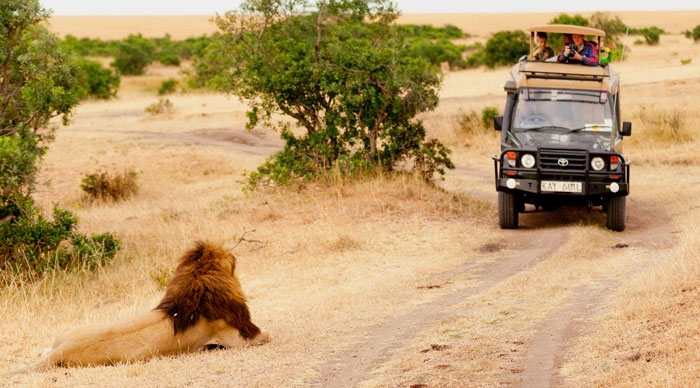
Lions have, historically, been an extremely successful species and about 10,000 years ago the lion was the most widespread large mammal after humans. They lived in all the continents of the world. However, all is not rosy when it comes to the lion population statistics in Africa today. Lions have lost over 75 percent of their former range and are extinct in 26 African countries. Most of the continent’s lions survive in just six countries – Kenya, Zambia, Tanzania, South Africa, Zimbabwe and Botswana. Lion populations have decreased more than 65 percent in the past 30 years and now number less than 32,000.
Tourism has played a significant role in the conservation of lions in Africa. They inject cash into tribal communities making them less reliant on hunting or poaching. International currency earned through tourism also helps nations and counties in their conservation efforts. So, going on an African lion safari is not only an exciting experience for the tourists, it also helps in the conservation and protection of this beautiful animal.
Sub-species of lions
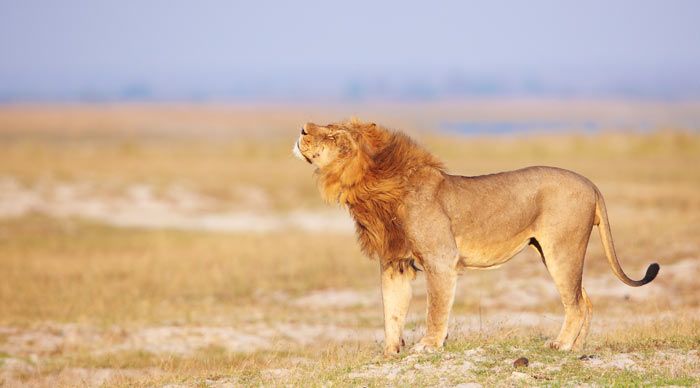
Lion, Panthera Leo, is a distinct species of the cat family and there are several sub-species of lions throughout Africa.
- Barbary lions, formerly found in North Africa, are now extinct.
- Senegal lion, the smallest of the sub-Saharan lions, found in western Africa from Senegal to the Central African Republic. It is currently listed as critically endangered.
- Congo lion, found in the northeastern parts of the Congo, is another sub-species that’s on the brink of extinction.
Other sub-species have relatively healthy populations and are protected by states and individuals alike. These are:
- Transvaal lions (southeastern Africa)
- Maasai lions (east Africa)
- Katanga lions (southwestern Africa)
Top 7 parks and reserves for African lion safaris:
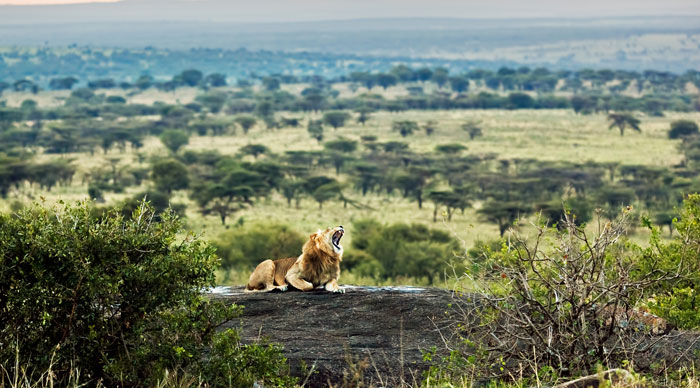
Thousands of people throng to African parks and reserves to embark on a genuine African lion safari. Many tour operators offer lion and big game safaris in Africa and they vary widely in price, options and amenities. So, you are bound to find a safari that’s just right for you whether you are on a budget and pressed for time or you have plenty to spend and have all the time in the world.
- Maasai Mara National Reserve in Kenya is synonymous with African safaris in general and lions in particular. When you go on safaris in Kenya, you are almost always guaranteed a sight of the lions. Lions sightings are reported all year-round, but most people avoid the rainy months of April and May. Lions here mostly feed on abundant herbivores grazing on the rich savannah like gazelle, zebra and eland.
- Serengeti National Park in Tanzania is home to the Maasai lions, hundreds of them. During the wildebeest calving season from December to March, these lions can be seen actively hunting on the plains. Safaris in Tanzania are, undoubtedly, one of the best ways to see lions in their natural habitat.
- Kruger National Park in South Africa is home to Transvaal lions that live in the grasslands of Kruger as well as in semi-arid regions like the fringes of the Namib and Kalahari deserts. These lions may have darker manes and some have white coats due to a color mutation. May to October is considered the best time to go for lion viewing as well as walking safaris. Besides the regular plain herbivores, these lions prey on larger animals like rhinos, giraffes and ostriches and even baboons.
- Botswana’s Okavango Delta is home to Duba Plains lions who are distinct from other sub-species of lions because they stalk in swamps, swim in deep water and hunt by day. Unlike other lions in Africa, the Duba Plains lions hunt cape buffaloes exclusively. July to September provides the best chance to see confrontations between hungry lions and protective buffaloes.
- South Luangwa National Park in Zambia has a group of lions that feed on hippos. Although it is very rare that a lion attacks an adult hippo, these lions have discovered a taste for baby hippos. The lions are found to be actively hunting when the water levels are low. Of course, most of these lions feed on hoofed herbivores found in plenty here. October is a good time to come see these lions hunting when all the game is concentrated along the Luangwa River.
- Mana Pools National Park in Zimbabwe is a great place to go on lion safari especially during August and September before it gets too hot. With the dry season coming up and no rainfall, grazers like zebra, buffalo, and waterbuck are tired and hungry and they gather in their thousands at Mana Pools making themselves easy targets for the lions.
- Skeleton Coast National Park in Namibia is home to several prides of lions with overlapping territories. The lions here have adapted to the extreme desert conditions, commonly hunting oryx and antelope. However, they occasionally wander west to scavenge sea lions and whales on Namibia’s Atlantic coast.
The safest way to see lions in the wild is to go on safari vehicles; but it is not the only way. Some African lion safari providers offer walking safari tours to see lions. Safari goers cling close to each other and approach lions on foot, but from a safe distance. You have to be extremely careful about the noise of your movements and need to follow the safari guide’s instructions to the letter. Although it sounds risky, and it certainly is, using common sense and following the instructions closely will ensure that you have an extremely exhilarating experience of witnessing lions from a close distance without the protection of a vehicle – from as close as 20 meters, but usually from around 50 meters from the lions.
It’s an unmatched experience to go on an African lion safari, witness a kill, see a pride feed and play together. Many wildlife enthusiasts describe it as one of the most captivating scenes in the wild. However, as precious as these views are, they are not hard to find. Africa has massive savannahs and incredibly huge plains where animals can be seen from miles away. African lions, for the most part, are a plains-dwelling species and one is almost guaranteed a sight when one embarks on an African lion safari provided by the many professional companies that operate throughout the region.
As an ending note, Bookmundi recommends you to check out The best safari destinations in Africa that includes some of the most exotic wildlife experiences that the continent has for its visitors.
There are few cities on the planet where people pour in from all corners of the world to explore, work or live together in a melting pot of cultures. As one of the economic powerhouses of the 21st century, London presents a fascinating image – one that is steeped in history without ignoring the future. It is among the few cities that can take you thousands of years into the past and also let you explore what the future holds in store for you. There’s enough innovation and technology around to leave you spellbound, but those century-old stories often end up being the highlight of your tour.
Continue reading 10 Reasons Why London is the Best City to Visit
